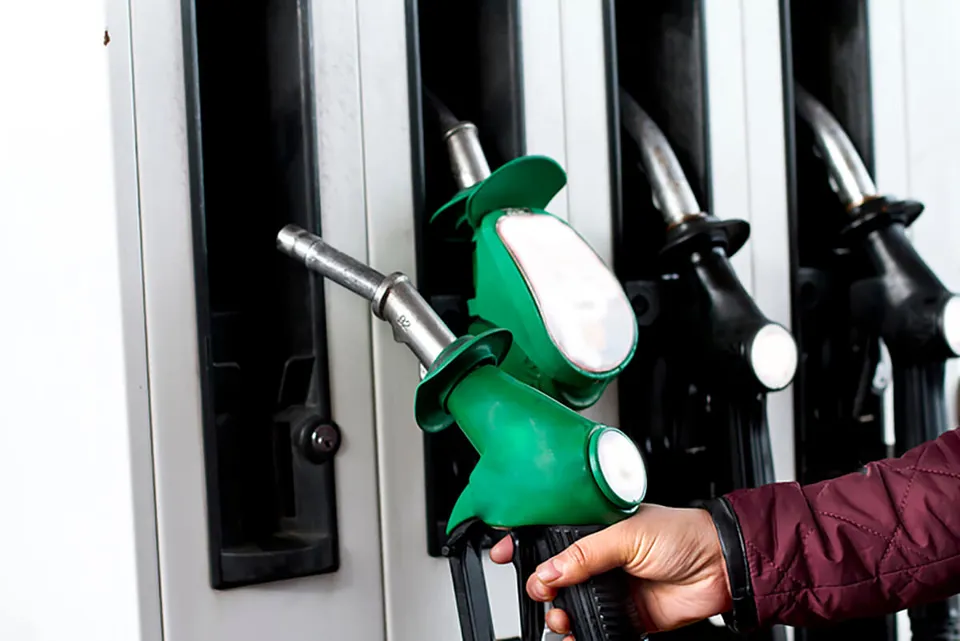Fleets with fewer than 25 cars, vans and trucks apply almost as much control to buying petrol and diesel as those with more than 25 vehicles, according to new research by MIB Data Solutions.
The company asked more than 3,000 companies with fewer than 25 vehicles and 616 with more than 25 how they acquired fuel and received the following responses. The results do not total 100% because some use more than one method of purchasing:
Fewer than 25 vehicles
Fuel card 57%
Driver pay and reclaim 22%
Bunkered fuel 21%
Credit card 9%
Local account 4%
More than 25 vehicles
Fuel card 60%
Driver pay and reclaim 18%
Bunkered fuel 17%
Credit card 11%
Local account 4%
Nick Boddington, MIB managing director, said: “We expected a much greater disparity between small and large fleets when it comes to the amount of control they apply to fuel buying but the figures for all the methods of purchasing we investigated are very similar.
“It is difficult to draw conclusions from this other to say that generally fleets of all sizes are equally as good, or as bad, as any other when it comes to buying fuel.
“Around three out of four use purchasing methods that give them some degree of managerial control – such as fuel cards, bunkered fuel and local accounts – while the rest use methods such as pay-and-reclaim which provide little or none.
“Our suspicion is that there are a hardcore of managers in businesses of all sizes – perhaps representing one in four or five of all fleets – who simply do not believe or recognise that the buying of petrol and diesel is something that can be actively managed.
“However, any fleet that uses fuel cards will tell you that they can play an important part in steering drivers towards cheaper fuel outlets, identifying which vehicles and drivers are heavy users of fuel, and minimising fraudulent claims.”

















Login to comment
Comments
No comments have been made yet.